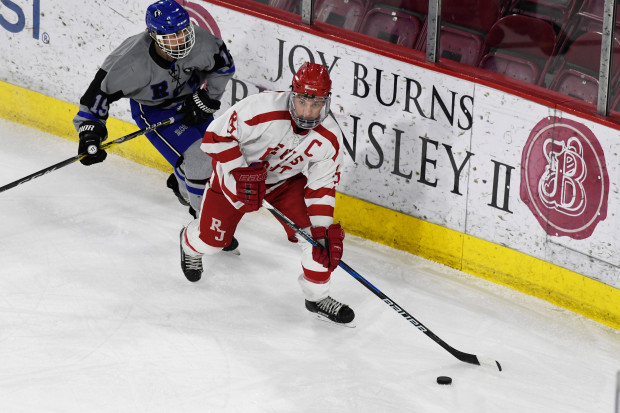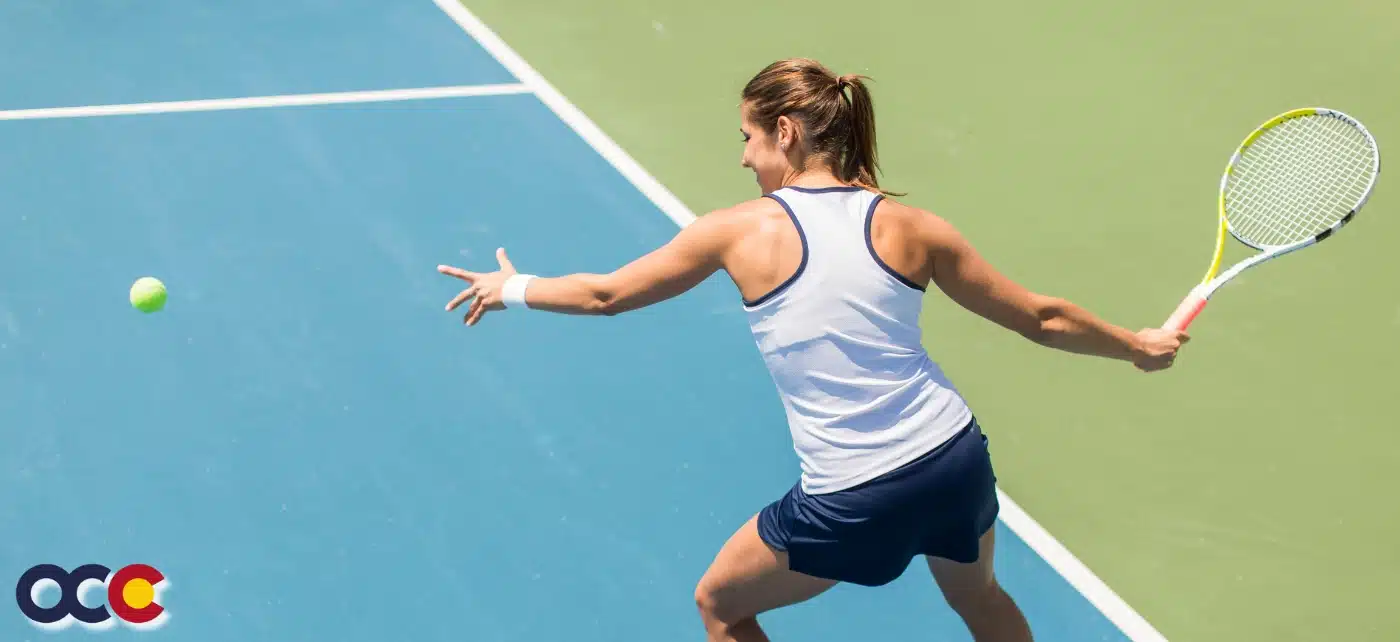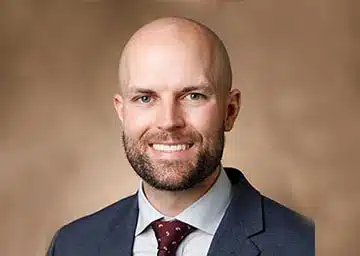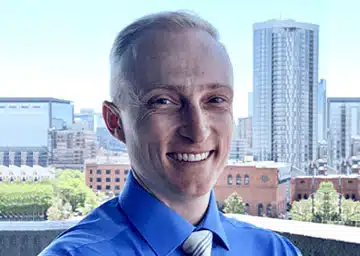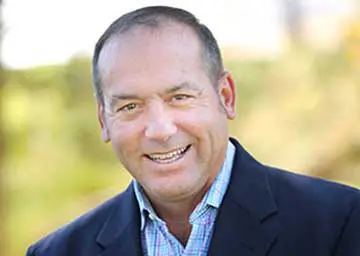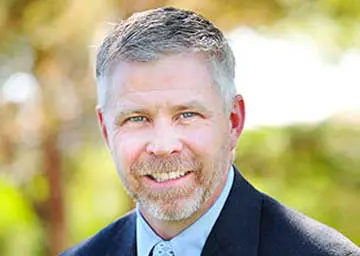Spotlight on Colorado hockey player Cade Alcock
Overcoming injuries is always a challenge in contact sports, and for Regis Jesuit hockey defenseman Cade Alcock, that challenge came in the form of a broken collar bone on a September night in 2016. Playing in a preseason game for the state’s top-ranked Regis Raiders, Cade collided with another player in the corner and knew immediately something was wrong.
19-year-old Alcock had been playing hockey since he was four, spent the last 15 years chasing the dream of playing in the NHL, and was a standout a Regis – earning a starting spot on the varsity roster as a freshman. Needless to say, a serious injury early in his senior season was potentially devastating.
Although a routine hit, the pain was anything but. After being examined by a trainer in the stands, Alcock was sent for X-rays that revealed a broken collar bone, and the emergency room doctor explained that the break was complicated. Alcock’s collar bone was broken in two places with additional fragmentation. The ER diagnosis was bleak: it would be a long while before, or even if, he could get back on the ice.
Two days later, Cade was examined by Advance Orthopedic doctor Micah Worrell. Dr. Worrell assessed the injury and explained that the average recovery time for an injury like Cade’s was just over 14 weeks (14.2 to be exact), which meant Cade’s senior season was in jeopardy. While Dr. Worrell wanted Cade and his family to have reasonable expectations for recovery from a serious broken collar bone, he also made Cade aware of all the medical options that can reduce healing time following surgery, including using a bone stimulator.
Cade remembered Dr. Worrell’s calm and comforting guidance, despite a very uncomfortable situation. “He told me that, after reviewing his situation, he could do surgery on Tuesday,” recalls Alcock. “It was Sunday and I was really relieved it could happen that quickly. When an injury happens, you’re stunned and worried and, as someone who has aspirations for future hockey, I didn’t know what my injury really meant or if it could end my career. I really didn’t want that to happen. At surgery, Dr. Worrell was very reassuring and totally took away our anxieties.”
After surgery, Dr. Worrell shared the great news that the surgery was very successful and gave Cade and his family all the information they needed to take an active role in Cade’s recovery. “He talked through everything,” Cade said. “From recommending bone stimulation, to understanding pain management, to letting me know when I could skate and when contact was allowed, it was all planned out. He was very thorough and very helpful. When you’re in a situation that’s uncertain, it’s so reassuring to get all the answers – including questions you haven’t even thought to ask.”
After about eight weeks of recovery, including physical therapy and use of the bone stimulator, Dr. Worrell determined that Cade’s recovery had progressed to the place that, if he were a professional athlete, he’d receive the greenlight to play.
However, as a young player with a growing and developing body, Dr. Worrell still emphasized patience, helping Cade and his family understand that full recovery was the goal. “The hardest part was patience and the unknown, said Alcock. “I would go to the games and see my teammates playing so it was really tough to stay patient. The strides I was making in my treatment made me even more eager to get back, but Dr. Worrell’s wisdom helped remind me to stay focused on our plan and how full recovery pays off in the long run.” An ongoing regimen of physical therapy rounded out the protocol, and at 10 and a half weeks – a full four weeks ahead of schedule – Alcock stepped back onto the ice for non-contact skating for the first time since that fateful hit.
“I’m really grateful to Dr. Worrell for his demeanor, his humor and his ability to relate to his patients as athletes and help them get back to what they love doing,” Alcock remarked.” The level of trust was even greater because my brother had seen another Advanced Ortho doctor (Dr. Gersoff) when he was injured, so we knew how Advanced Orthopedics cares for patients.”
Alcock was cleared for practice and, on December 6th, he played his first game (and had 4 points!). “I was reluctant at first because I could feel the difference in my collar bone and just wanted to know that I was really game-ready, recalls Alcock. “But once I took that first hit, it was totally reassuring and I knew that it was game on.”
Junior hockey attracts young players from around the world that have gone on to play in the National Hockey League. In the US, the National Collegiate Development Conference (NCDC) has produced notable names from the NHL, such Charlie McAvoy, Jack Eichel, and Jimmy Vesey.
This fall is Cade’s first season in the NCDC, playing for the Connecticut Jr. Rangers. “My goal for this first season in Connecticut is to play the very best I can and potentially take my game to even higher levels.” Having just arrived there a few weeks ago, Cade’s ready to take the next step of his sports journey and is thankful that his broken collar bone didn’t derail his hockey dreams. “Thanks to the AO team!”

